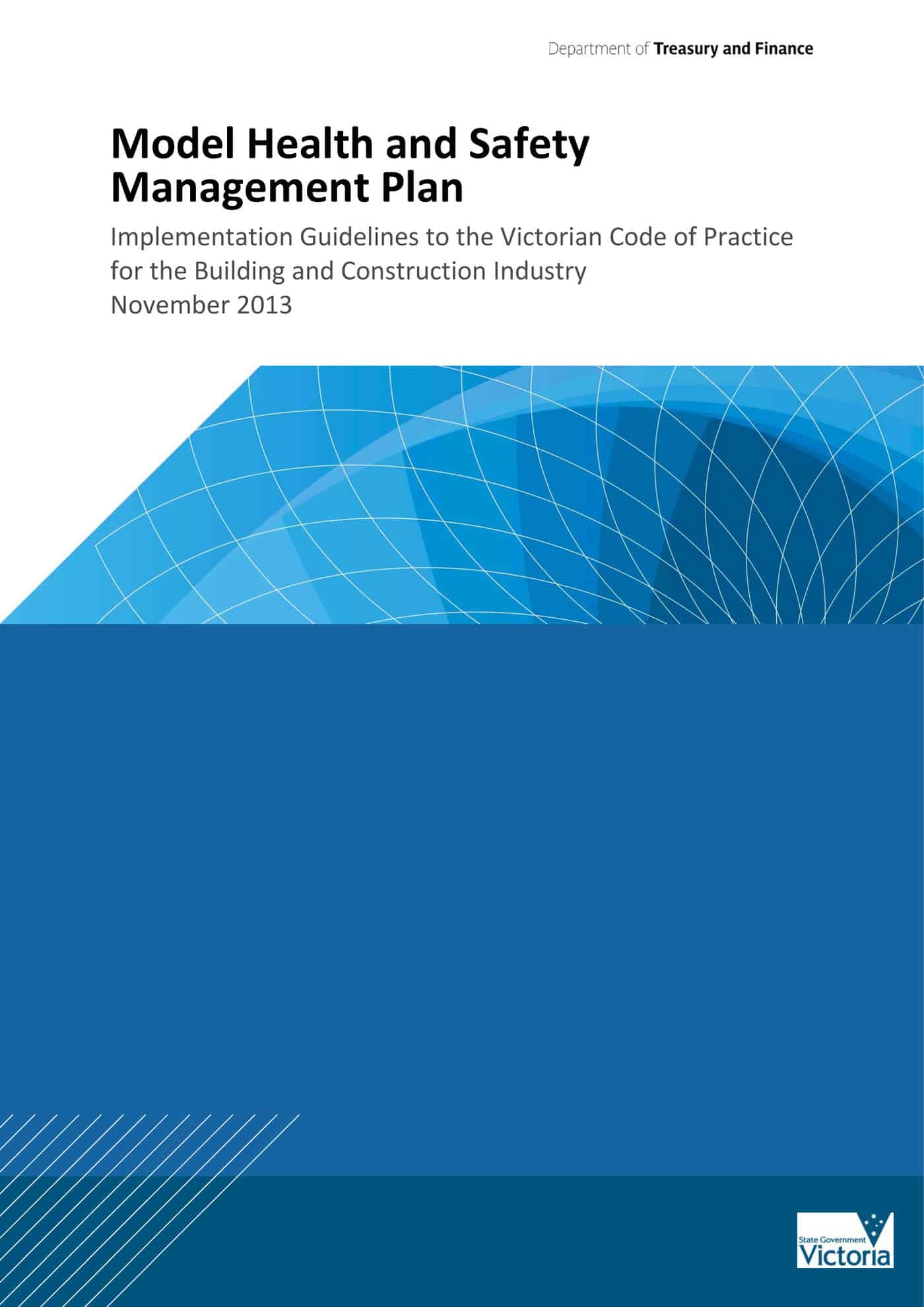 Victoria’s Construction Compliance Code Unit in the Department of Treasury and Finance has just completed its public comments stage for its model Health and Safety Management Plan (HSMP). The comments period was extended by a month after initially ending after only one month‘s public consultation on 6 January 2014. New South Wales and Queensland have mirrored the Victorian construction compliance code so the significance of this OHS submission stage should not be underestimated however the submission process and unusual secrecy is not building the faith and trust in the HSMP that the process needs for it to succeed.
Victoria’s Construction Compliance Code Unit in the Department of Treasury and Finance has just completed its public comments stage for its model Health and Safety Management Plan (HSMP). The comments period was extended by a month after initially ending after only one month‘s public consultation on 6 January 2014. New South Wales and Queensland have mirrored the Victorian construction compliance code so the significance of this OHS submission stage should not be underestimated however the submission process and unusual secrecy is not building the faith and trust in the HSMP that the process needs for it to succeed.
The regular process for submissions to government inquires is for those submissions to be made publicly available, with the permission of the writer. The CCCU seems to have no plans to follow this protocol which is an enormous shame as the submissions would have provided a window into both the understanding of OHS in the Victorian construction sector, an understanding of the OHS role of the CCCU and an insight into how the CCCU is generally perceived by the Victorian community.
SafetyAtWorkBlog put the following (we think reasonable) questions to the CCCU last week in preparation for the end of the commentary phase:
- Could you please estimate the number of submissions the CCU has received on the model Health and Safety Management Plan (HSMP) to date?

 Many people, and OHS professionals, complain about the lack of research in Australia into occupational health and safety issues. Research is occurring but often this is inaccessible to companies, professionals and decision-makers due to unjustifiable costs for the articles and journals. Yet there is OHS research, of a type, that can be done by any company should they choose to do so – incident investigation.
Many people, and OHS professionals, complain about the lack of research in Australia into occupational health and safety issues. Research is occurring but often this is inaccessible to companies, professionals and decision-makers due to unjustifiable costs for the articles and journals. Yet there is OHS research, of a type, that can be done by any company should they choose to do so – incident investigation.
 There will be two areas of occupational health and safety attention in the early months of 2014 in Australia – workplace bullying laws and the
There will be two areas of occupational health and safety attention in the early months of 2014 in Australia – workplace bullying laws and the